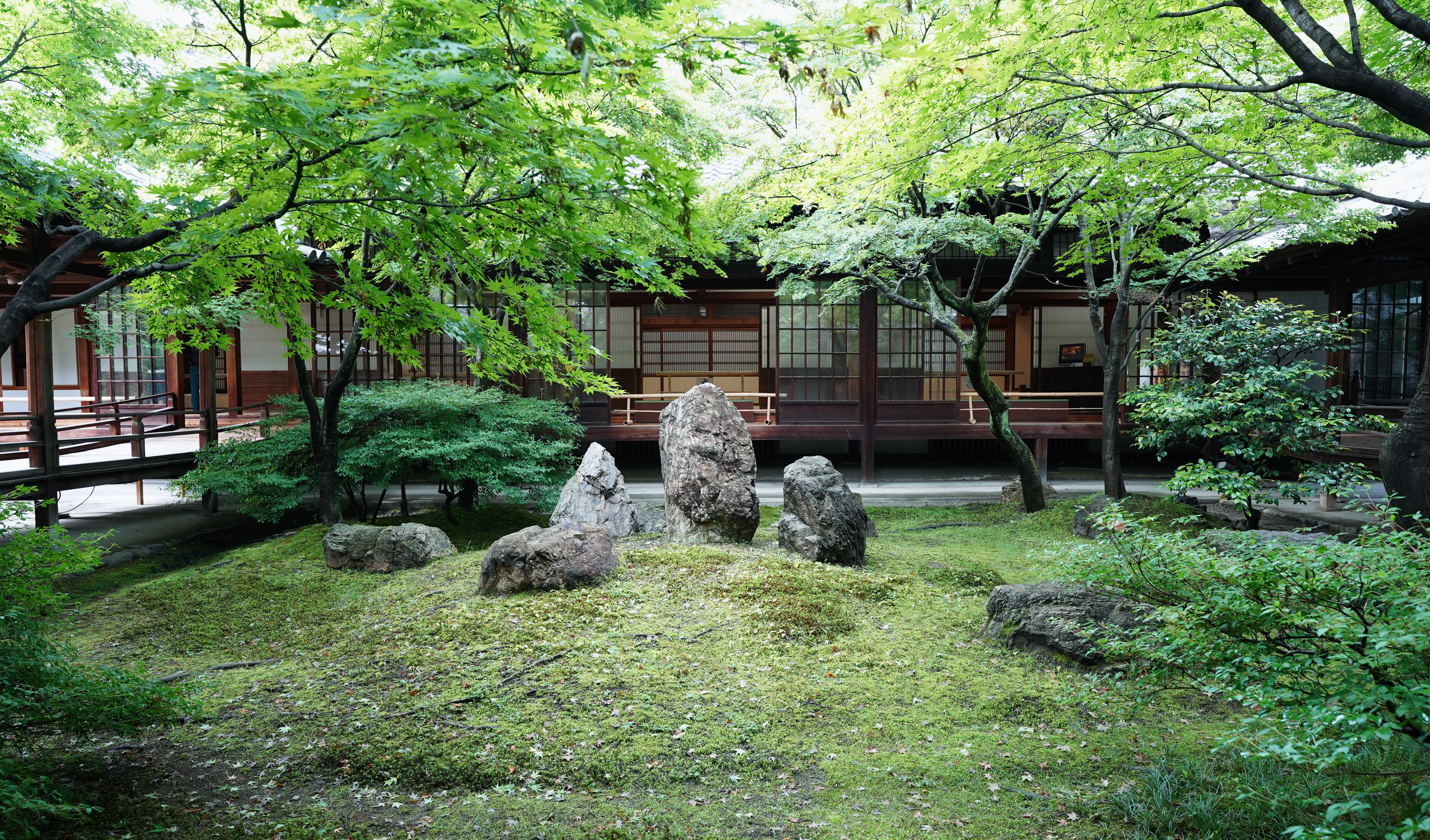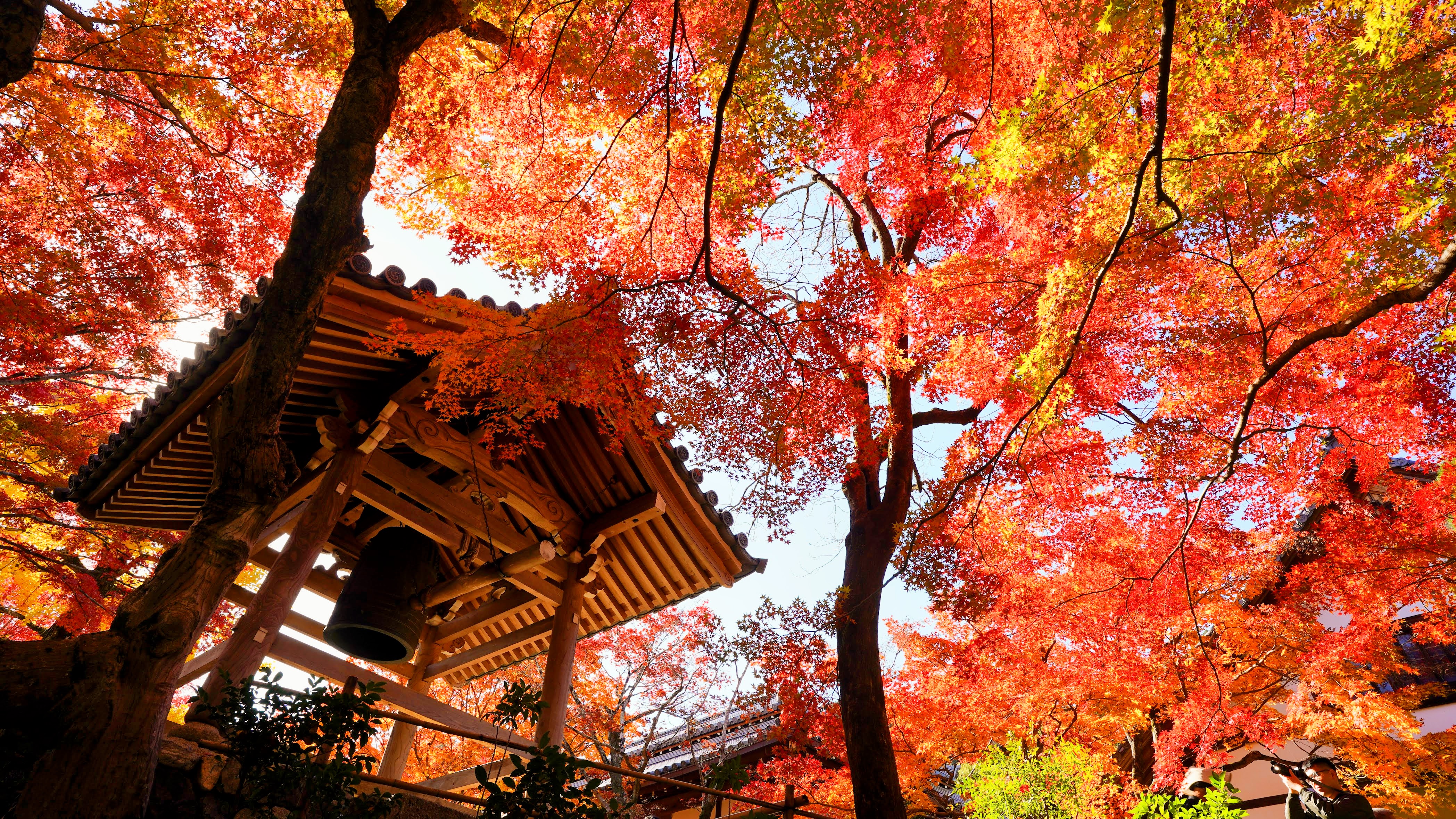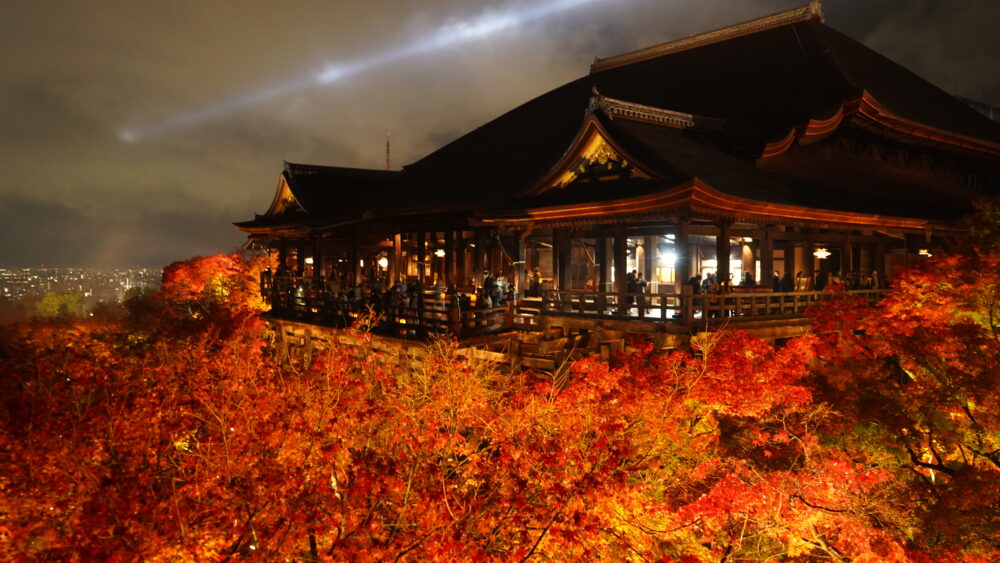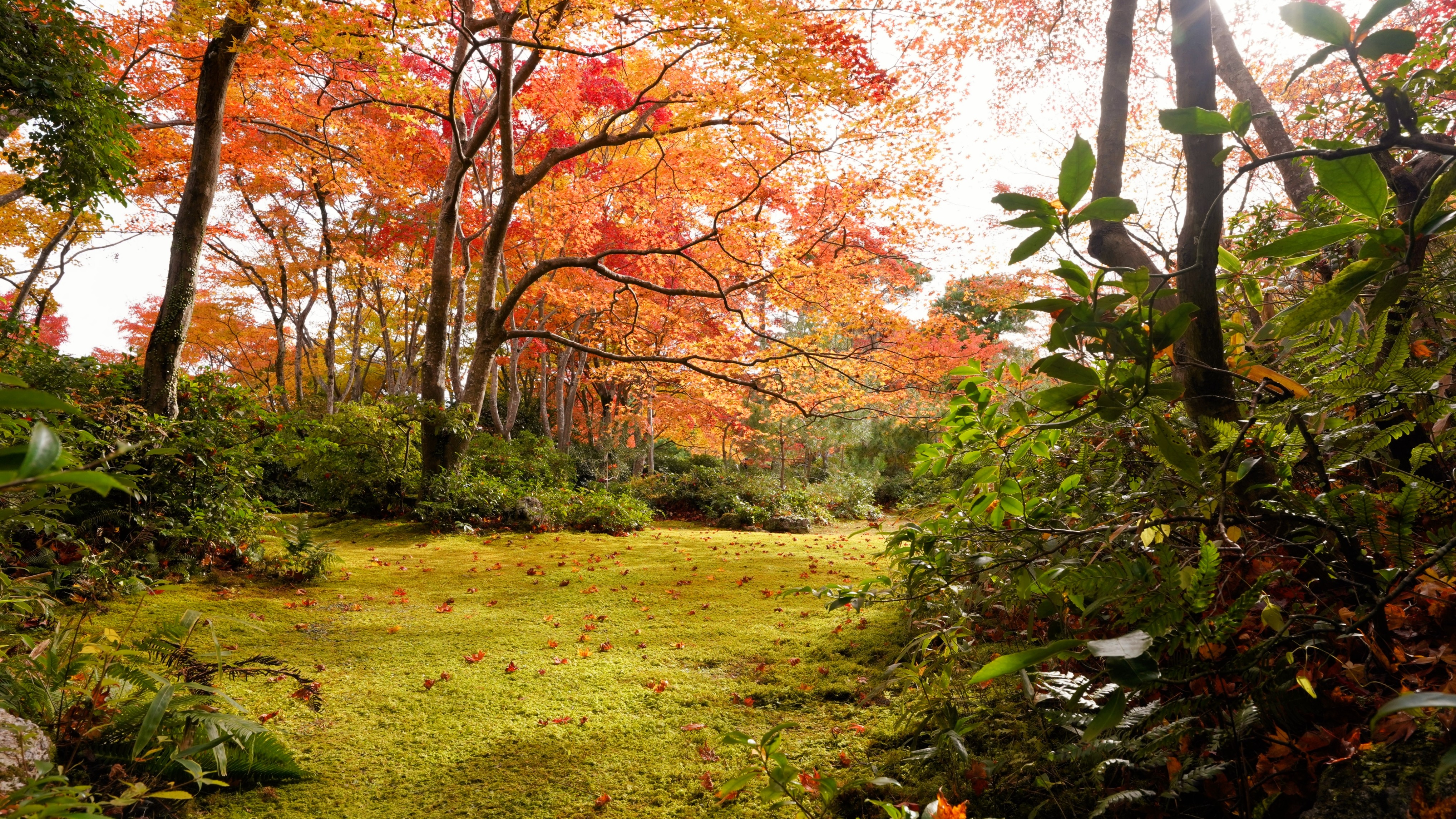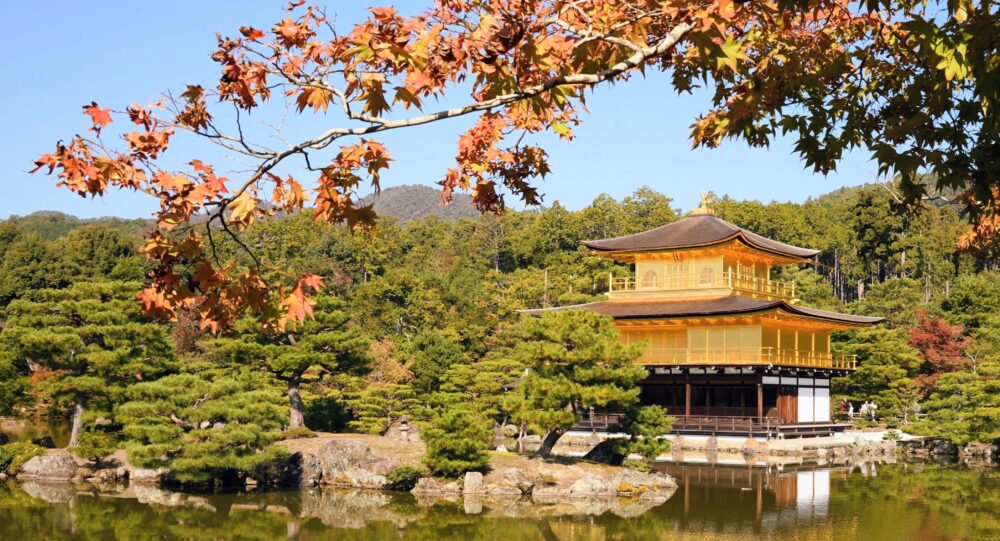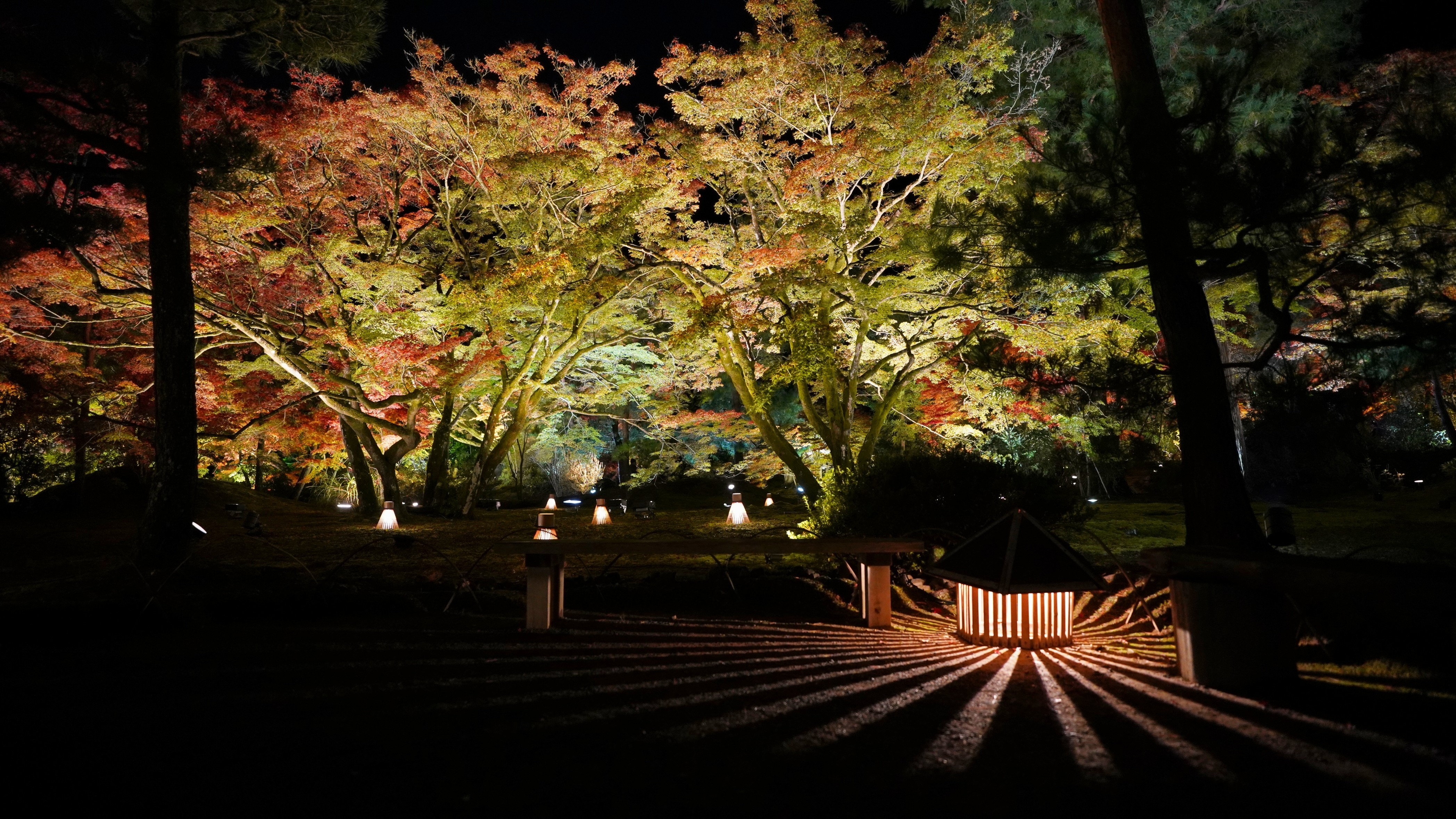Tofuku-ji Temple | The Best Time to visit in 2024
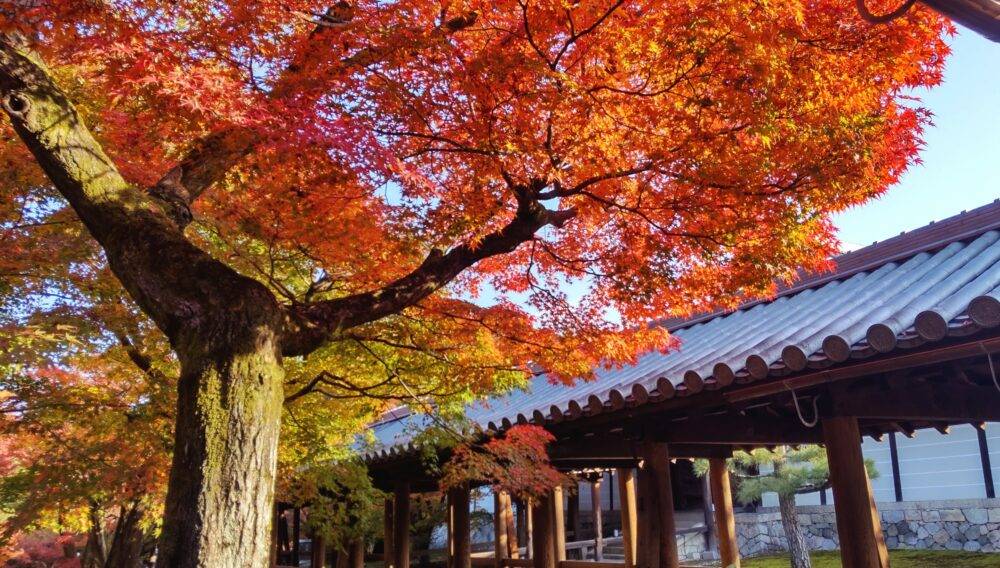
Tofuku-ji is historical Zen temple, first built in 1236 and located in south-eastern Kyoto. A river valley in the middle of the temple separates the Founder’s hall from other main buildings and three bridges connect to each area.
There are two types of Japanese garden: Maple garden and Japanese dry garden. However, the good season is different for each garden. Here is the best season and time to visit Tofukuji.
・If you want to delve deeper into the history and significance of Tofuku-ji Temple, a guided tour is the way to go. One-day tours can be booked the link below.
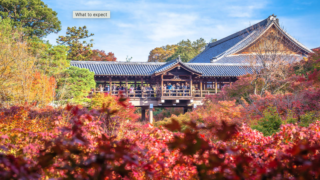
History
Tofuku-ji Temple was built over a period of 19 years, from 1236 to 1255. The temple was officially founded by Enni Ben’en in 1243. The Onin War, a prolonged civil conflict from 1467 to 1477, resulted in the destruction of many subtemples.
A devastating fire that broke out at Hojo in 1881 resulted in the loss of the Butsuden and Hatto. The Hojo was rebuilt in 1890, followed by the Hondo in 1934. The Hombo Garden was designed in 1939, adding a serene landscape to the temple complex.
Features
Hondo Hall (Main Hall)
Hondo, the main hall of Tofuku-ji Temple, was reconstructed in 1934 to serve as both Hondo and Butsuden after both halls were destroyed by fire in 1881. The reconstructed hall provides a venue for monks to conduct Buddhist lectures and ceremonies.
Sannmon Gate
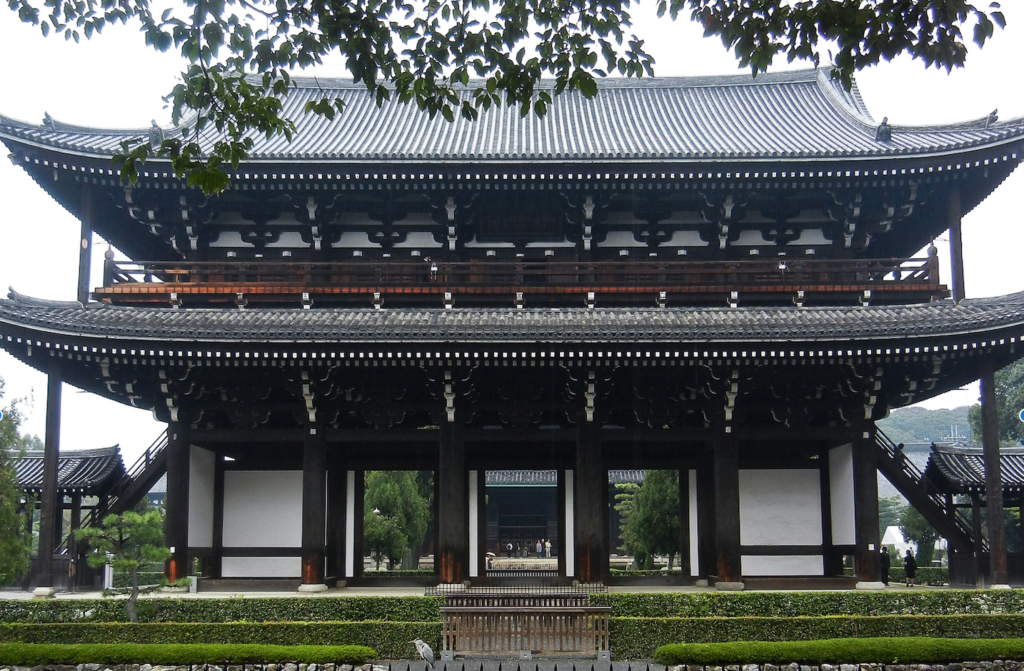
The sanmon gate, Japan’s oldest and largest of its kind in Zen temples, was erected in 1405 by Yoshimochi Ashikaga, the fourth shogun of the Muromachi shogunate. Recognized for its historical and architectural significance, it was designated as a National Treasure in 1952.
During the fall special exhibition, visitors can view special statues such as the Hoakan Shaka Nyorai Seated Statue and the Sixteen Rahan Statues enshrined in the Sanmon Gate.
Sengokukan Canyon
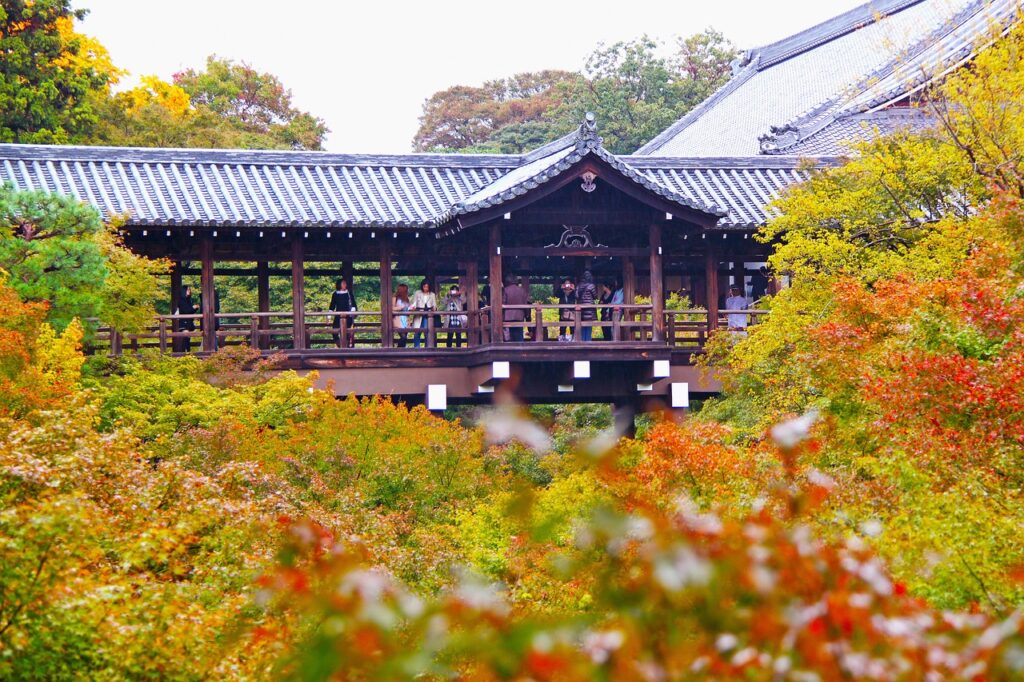
The canyon within the grounds of Tofuku-ji Temple is called Sengyokukan. About 2,000 maple trees are planted in this canyon, and their leaves turn red in the fall. The view of the maple leaves from the three famous bridges of Tofuku-ji Temple: Gaunkyo, Tsutenkyo, and Engetsukiyo, is considered a breathtaking sight.
In addition, a walkway is maintained along the canyon within the temple grounds, allowing visitors to enjoy the fall foliage while walking.
Hojo Hall
Originally, the Hojo Holl was a residence for monks in Zen Buddhist temples. However, it is now used as a reception room for visitors or as a space for tourists to enjoy the garden view.
Tofuku-ji Hojo Garden
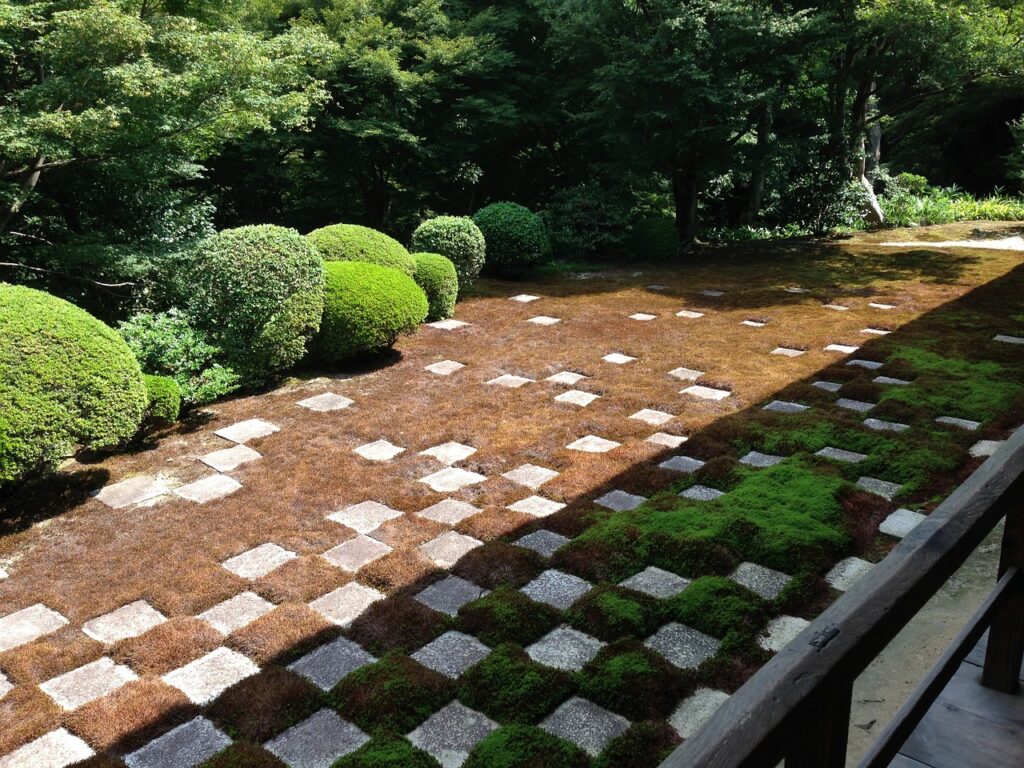
The Tofuku-ji Hojo Garden, Karesansui (the Japanese dry )garden, was created by garden designer Mirei Shigemori in 1939. Surrounding the Hōjō, this uniquely designed garden was designated a place of scenic beauty by the Japanese government in 2014.
The South Garden features a stone arrangement representing the four legendary islands of China and an artificial mountain symbolizing the five mountains of Kyoto. In the west, azaleas are planted in a checkerboard pattern. To the north, stones are arranged in a similar checkerboard pattern. In the east, a cylindrical stone and white gravel represent the Big Dipper.
Kaizan-do
The Kaizan-do is a two-story building where a statue of Enni, the founder of Tofuku-ji Temple, is enshrined. In front of the building there is a pond garden with azaleas cut into circles.
The best season
Fall season
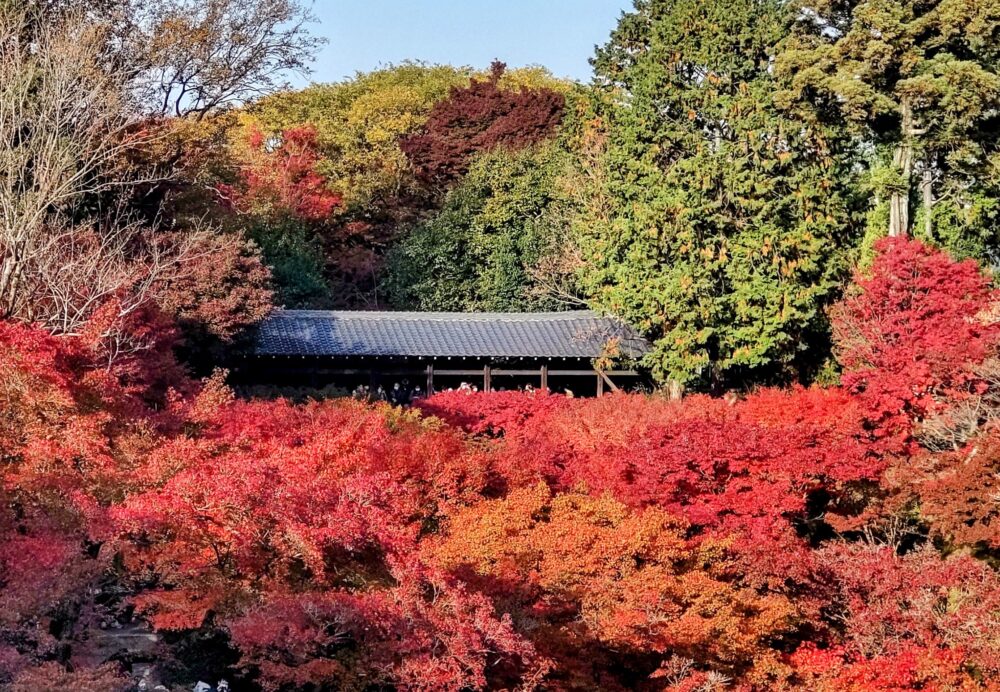
The best season in maple garden is the fall foliage when was from 3rd and 4th week of November in 2023 and It will probably be the same time or later in 2024. There are more than 2000 maple trees whose leaves changes green to bright red and yellow on the river valley side. It’s a magically beautiful scenery that the fall leaves with roofed wooden bridges, which seems to be floating on.
The view from the second bridge “Tuten-kyo” to the first bridge”Gaun-kyo” is good in the morning because of facing east and opposite side is in the afternoon. Visitors walk in the maple valley, the Tuten-kyo and Kaizan-do area that has many types of maple trees: Japanese maple, mountain maple and weeping maple.
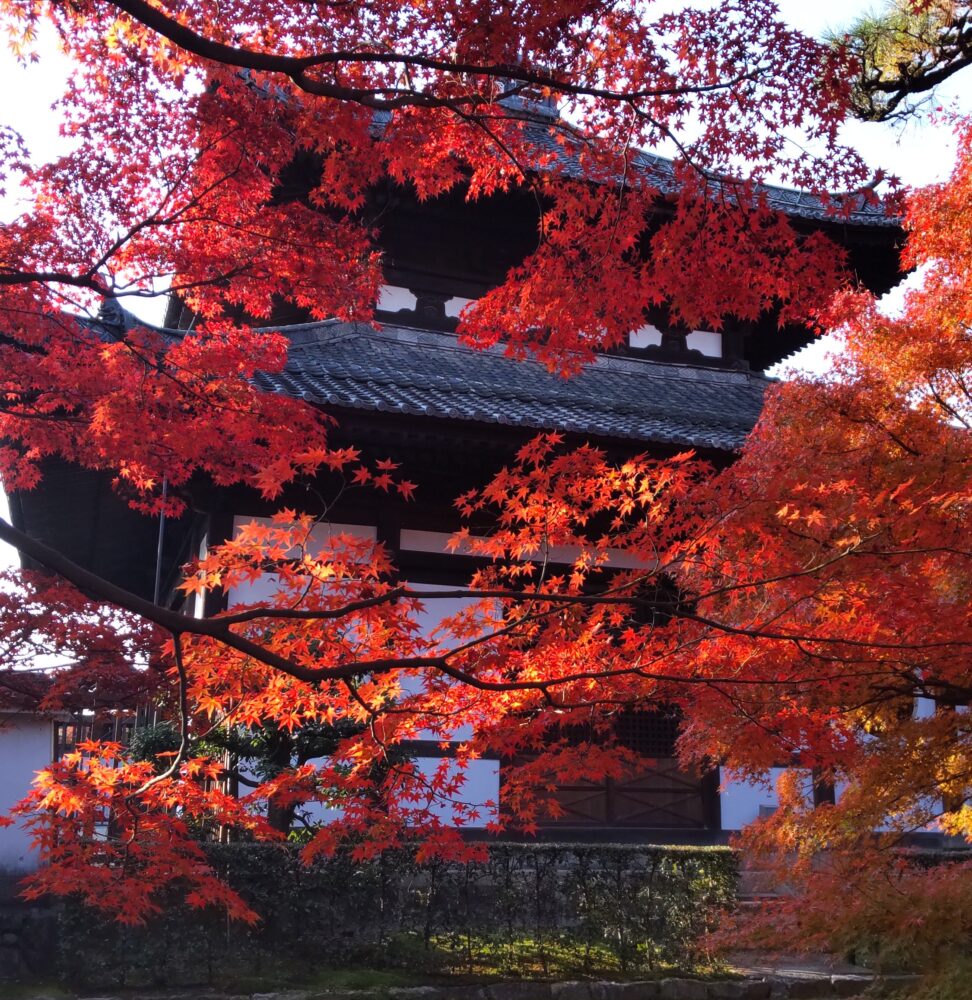
Tofuku-ji is also famous for historic architecture and it’s good harmony with nature. The bell tower “Denshoro” above picture with fiery-red fall leaves takes our breath away.
If you want to decide on the date to visit in fall foliage, this forecast site can help.
Fall foliage forecast site
In the fall, Tofuku-ji Temple offers a nighttime illumination event by reservation only. Visitors can enjoy a breathtaking view of approximately 2,000 maple trees from the Tsutenkyo Bridge and explore the Dharma Hall area. Don’t miss the chance to see the maple leaves glow beautifully under the night sky.
Nighttime illumination ticket website
Rainy season
Typically, the rainy season, drizzling rain, is from mid-June to early July. It is good for Japanese dry garden ”Karesansui”, using stones, gravel, sand, mosses and evergreen shrubs to represent images of mountains and water wave. The mosses, used as a ground cover, turn evergreen color with the high humidity.In Tofukuji garden “Honbo Garden (Hojo Garden)”, there are haircap mosses which are the cedar-shape and about 5 cm taller than other mosses.
In addition, cloudy days are good to look at the patterns: drop wave and swell, drawn on sand with utmost precision because shadows of a sunny days make it difficult. As a side note, The buds of the azaleas in Tofuku-ji are cut off for trimming, therefore they produce few flowers.
How to avoid crowds
The Kyoto city is crowded with travelers in high season. Especially, Tofuku-ji is a popular attraction where visitors have to wait in line for 2 hours to enter in fall season. However, a little planning ahead helps you to travel easily. Here is some advices to avoid crowds.
- The weekday travel is better than weekend .
- It’s good to visit Tofukuji by 8:00a.m. during the Special fall viewing when open at 8:30a.m. from November 9th to December 1st.
- It was a 15-minutes walking from the nearest station “Tofukuji station” to Tofukuji.
- The cycling is also good for some reasons: the roads to Tofukuji are well maintained, there are many rental bicycle stores and parking places.
Information
Day time
Open hours
| Period | Time |
|---|---|
| April.1st to November.9th | 9:00a.m. -4:30p.m.(Last entry is at 4:00p.m.) |
| November.10th to 30th | 8:30a.m. – 4:30p.m.(Last entry is at 4:00p.m.) |
| December.1st to March.31st | 9:00a.m. – 4:00p.m.(Last entry is at 3:30p.m.) |
Regular holiday
None
Admission
Normal
| Place | Normal season |
|---|---|
| Honbo Garden (Hojo Garden) | Adults : 500 yen Elementary and junior high school students: 300 yen |
| Tuten-kyo & Kaizan-do area | Adults : 600 yen Elementary and junior high school students: 300 yen |
| Combined admission ticket (・Honbo Garden(Hojo Garden) ・Tuten-kyo & Kaizan-do area) | Adults : 1000 yen Elementary and junior high school students: 500 yen |
Special fall viewing
(November 10th to 30th)
| Places | Price |
|---|---|
| Tuten-kyo, Kaizando area | Adults: 1,000 yen Elementary and junior high school students: 300 yen |
| Tofuku-ji Honbo Garden | Adults: 500 yen Elementary and junior high school students: 300 yen |
Nighttime Illumination
Open Hours
| Period | time |
|---|---|
| November.16th to December.1st | 6:30 p.m. – 7:30 p.m. (Last entry is at 7:00 p.m.) |
Admission Fee
Elementary school age and older : 2,800yen
Advance reservations are required for the autumn night illumination at Tofuku-ji Temple.
Nighttime illumination ticket website
Honbo Garden (Hojo Garden)
Tuten-kyo & Kaizan-do area
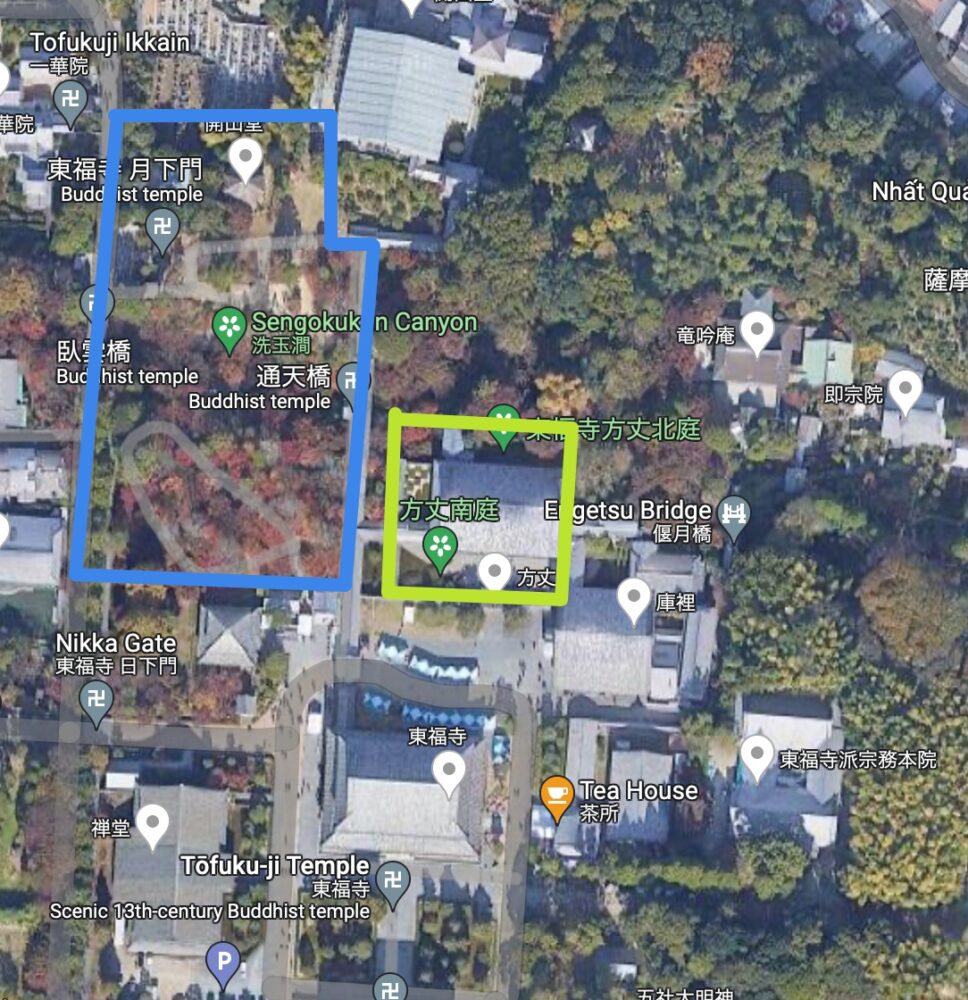
Address
15 Chome-778 Honmachi, Higashiyama Ward, Kyoto, Tofukuji
Link and resources
Tofuku-ji Official web site (Japanese only)
